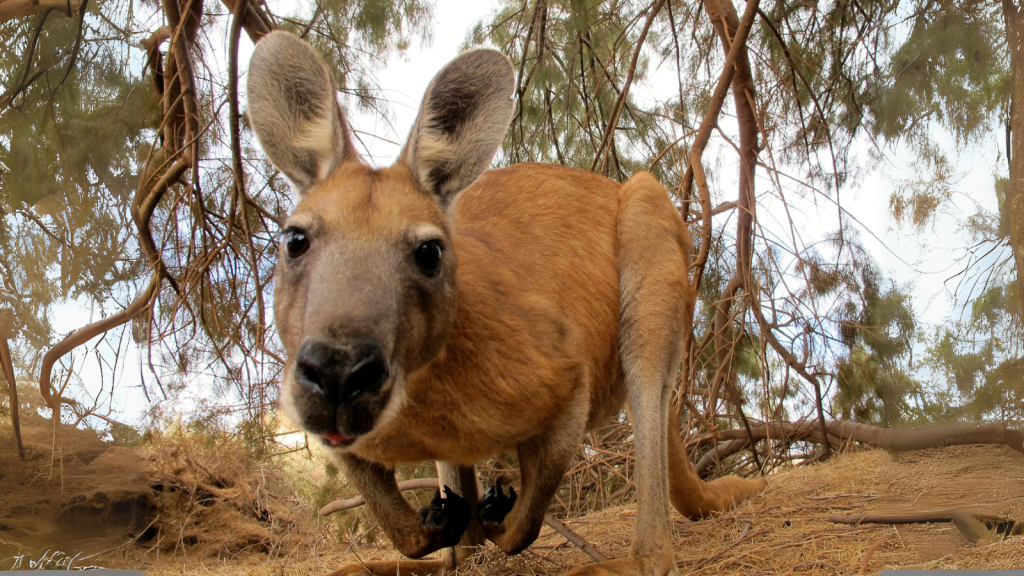Marsupials are a unique group of mammals known for their pouches, where they carry and nurture their young. These fascinating creatures are found primarily in Australia and the Americas, with a few species in other parts of the world. From the iconic kangaroo to the lesser-known quokka, marsupials come in a wide range of sizes, shapes, and behaviors. They’ve adapted to various environments, from deserts to rainforests, developing remarkable traits along the way. The premature birth and subsequent continued development of marsupial babies by latching onto the nipple within the mother’s pouch is astonishing.
Tasmanian Devil

The Tasmanian devil is the largest carnivorous marsupial. Known for their loud and disturbing screech, these creatures have incredibly strong jaws and teeth that can crush bone. Tasmanian devils are mostly scavengers and play a crucial role in cleaning up dead animals in their habitat. Unfortunately, they’re facing threats from a contagious cancer called Devil Facial Tumor Disease.
Quokka
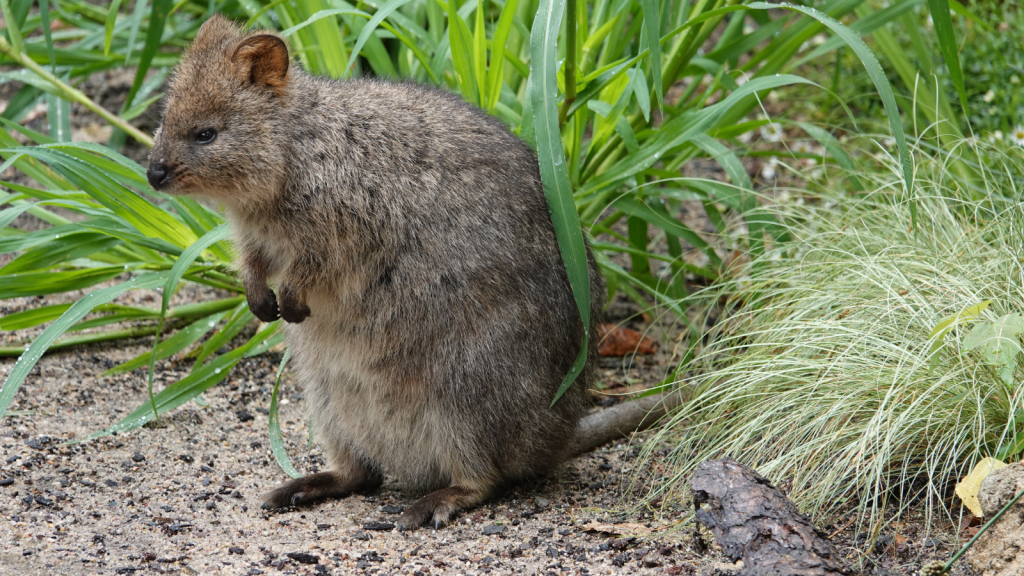
Often called the “happiest animal on Earth” due to their seemingly smiling expression, quokkas are small marsupials native to Western Australia. They’re excellent climbers and can even climb trees when necessary. Quokkas have an unusual ability to survive on limited fresh water, obtaining most of their hydration from the vegetation they eat.
Wombat
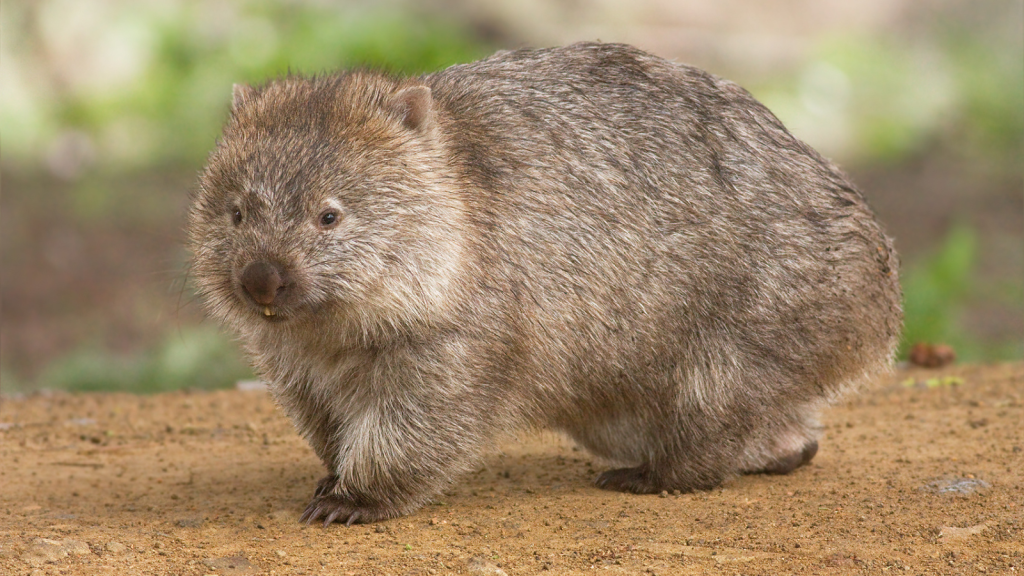
Wombats are sturdy, burrowing marsupials known for their cube-shaped poop. This unique shape prevents their droppings from rolling away, helping them mark their territory. Wombats have backwards-facing pouches to prevent dirt from entering while they dig. Their tough bottoms act as a defense mechanism, blocking their burrow entrances from predators.
Numbat
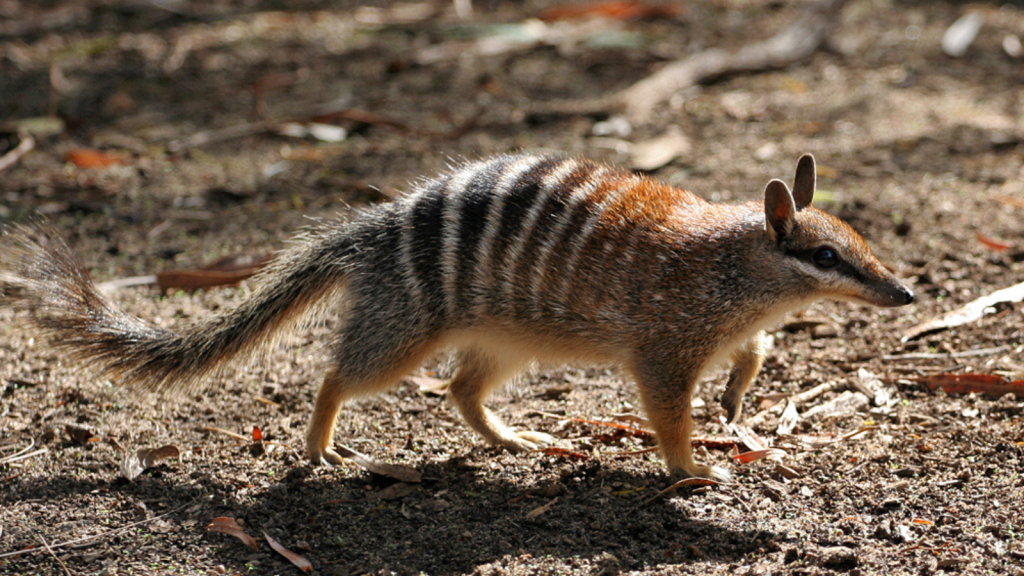
The numbat, also known as the banded anteater, is a small, striped marsupial. Unlike most marsupials, numbats are diurnal (active during the day) and don’t have a true pouch. They have an extraordinarily long, sticky tongue that can extend to pick up termites, their primary food source. Numbats can eat up to 20,000 termites in a single day.
Sugar Glider
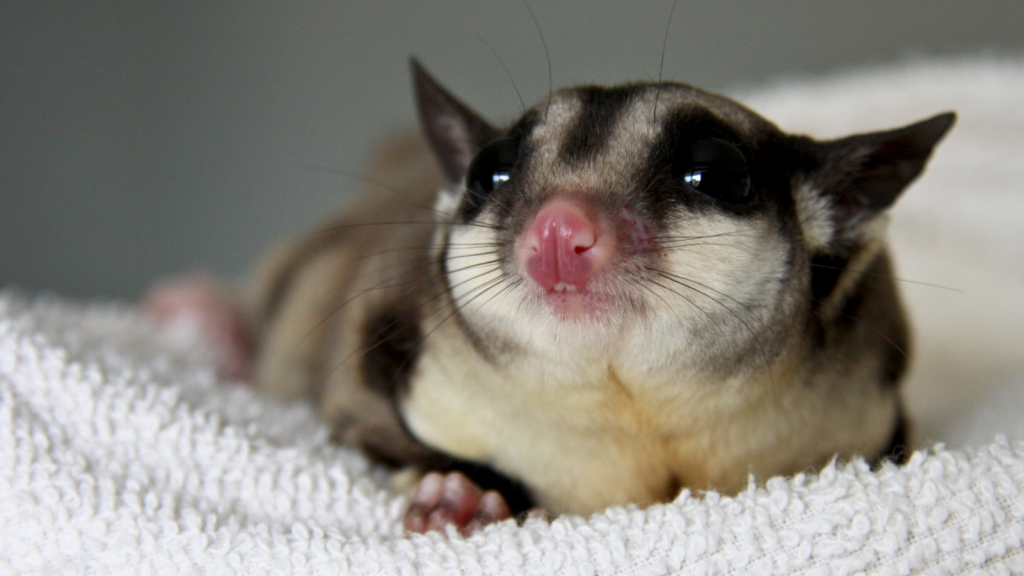
Sugar gliders are small, nocturnal marsupials with the ability to glide through the air. They have a flap of loose skin between their front and back legs that acts like a parachute. Sugar gliders are social animals, living in groups of up to seven adults and their young. They have a sweet tooth and got their name from their love of sugary foods like tree sap and nectar.
Bilby
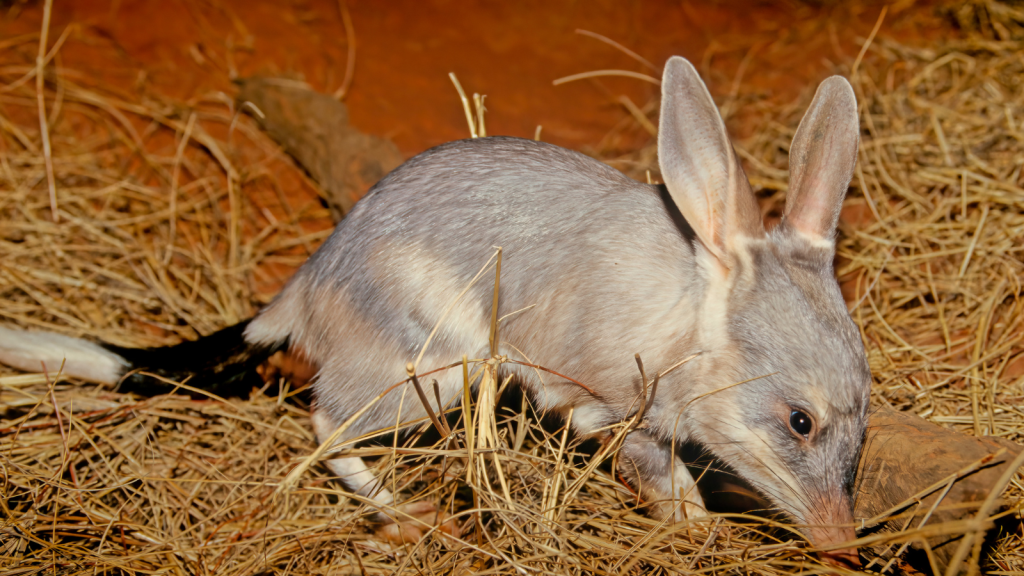
The bilby, also known as the rabbit-eared bandicoot, is a desert-dwelling marsupial with distinctive long ears. These ears not only help them hear predators but also aid in regulating their body temperature. Bilbies have backward-facing pouches, like wombats, to keep dirt out while digging. They play a crucial role in the ecosystem by digging burrows that provide homes for other species.
Quoll
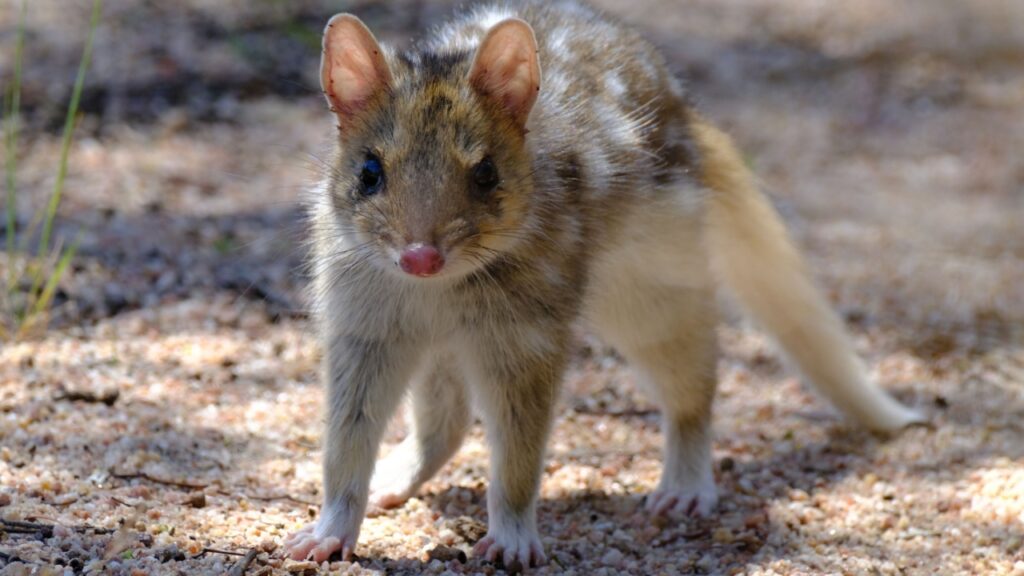
Quolls are carnivorous marsupials native to Australia and New Guinea. They’re known for their distinctive spotted coat and cat-like appearance. Quolls are mostly nocturnal and are excellent climbers. Some species of quolls have developed an intriguing defense mechanism – they can detect and avoid eating poisonous cane toads, which have caused declines in other predator populations.
Cuscus
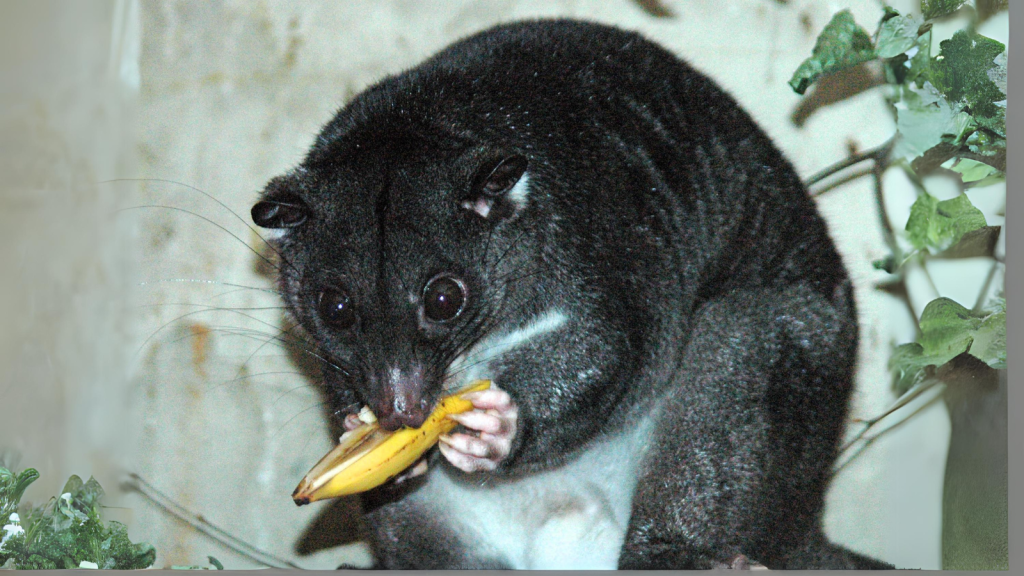
Cuscuses are tree-dwelling marsupials found in northern Australia and nearby islands. They have a prehensile tail, which they use like an extra limb for gripping branches. Cuscuses have a unique adaptation – their eyes reflect light, giving them excellent night vision for their nocturnal lifestyle. Some species of cuscus are known for their striking colorful fur.
Yapok (Water Opossum)
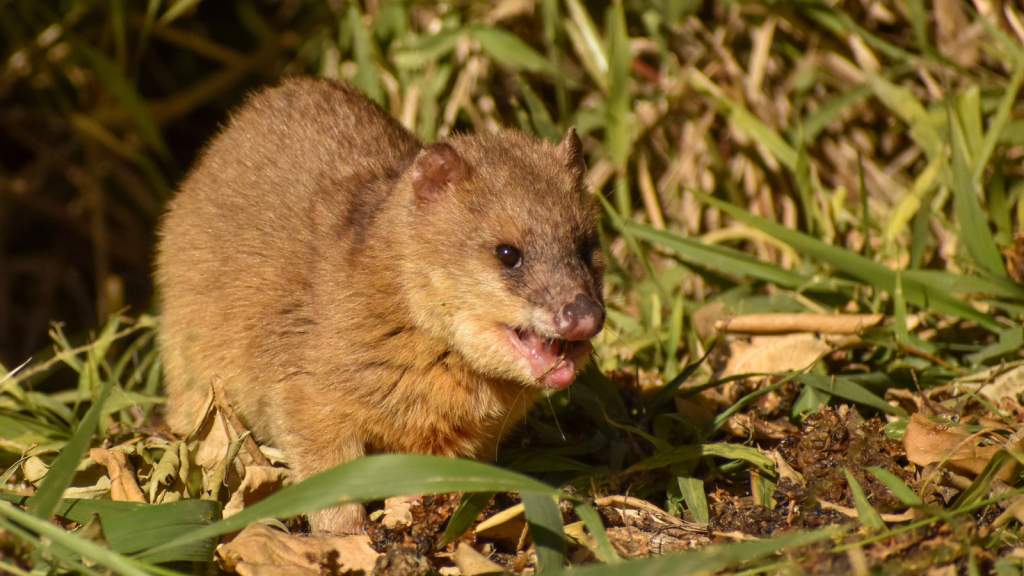
The yapok, or water opossum, is the only aquatic marsupial. It has webbed hind feet for swimming and can close its pouch to keep its young dry underwater. Yapoks have water-resistant fur and can hold their breath for up to a minute while foraging for food. They’re mostly found in Central and South America, living near streams and rivers.
Antechinus
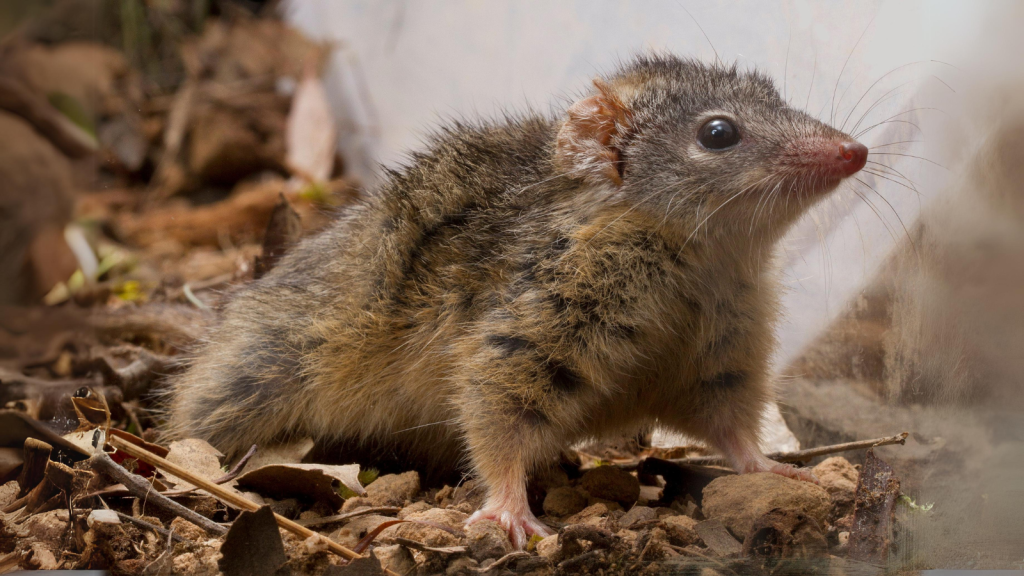
The antechinus is a small, mouse-like marsupial known for its extreme mating behavior. Male antechinuses engage in such frenzied mating that they often die from stress and exhaustion afterward. This phenomenon, called semelparity, is rare among mammals. Female antechinuses have the unusual ability to store sperm and delay embryo development until conditions are favorable.
Marsupial Mole
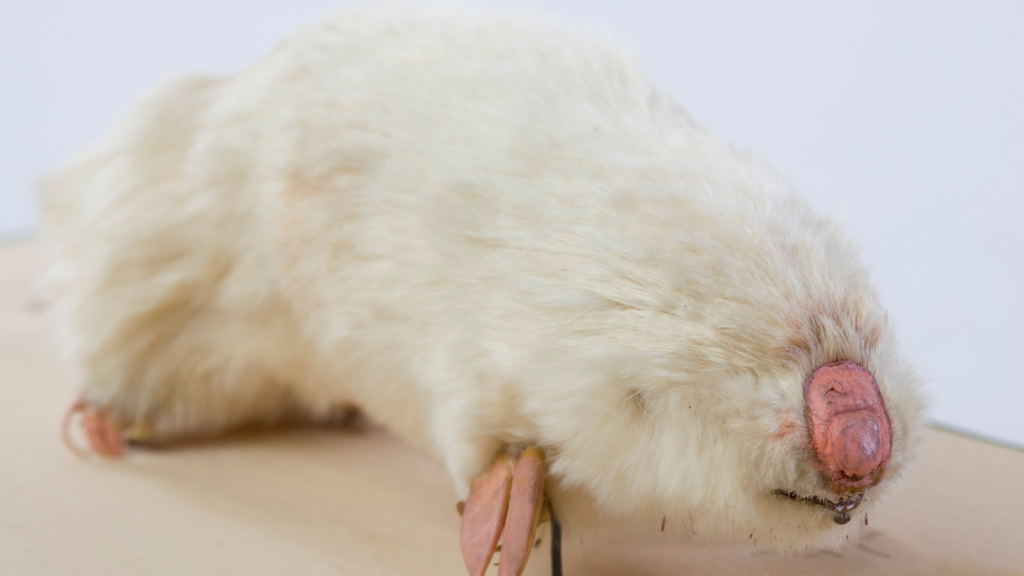
The marsupial mole is a rare, blind mole that spends most of its life underground. It doesn’t dig permanent tunnels but “swims” through the sand, leaving no trace behind. Marsupial moles have a backwards-facing pouch to prevent sand from entering while digging. They have a unique skeleton structure that allows them to withstand the pressure of the surrounding sand.
Potoroo

The potoroo, often called the rat-kangaroo, is a small marsupial native to Australia. These nocturnal creatures look like a mix between a rat and a tiny kangaroo, with long hind legs for hopping and a long, thin tail for balance. Potoroos have an interesting feeding habit – they use their forepaws to dig for underground fungi, which make up a large part of their diet. This mushroom-munching helps spread fungal spores throughout the forest, playing a crucial role in maintaining ecosystem health. Like other marsupials, female potoroos have a forward-facing pouch where they carry their young, called joeys.
Spotted Cuscus
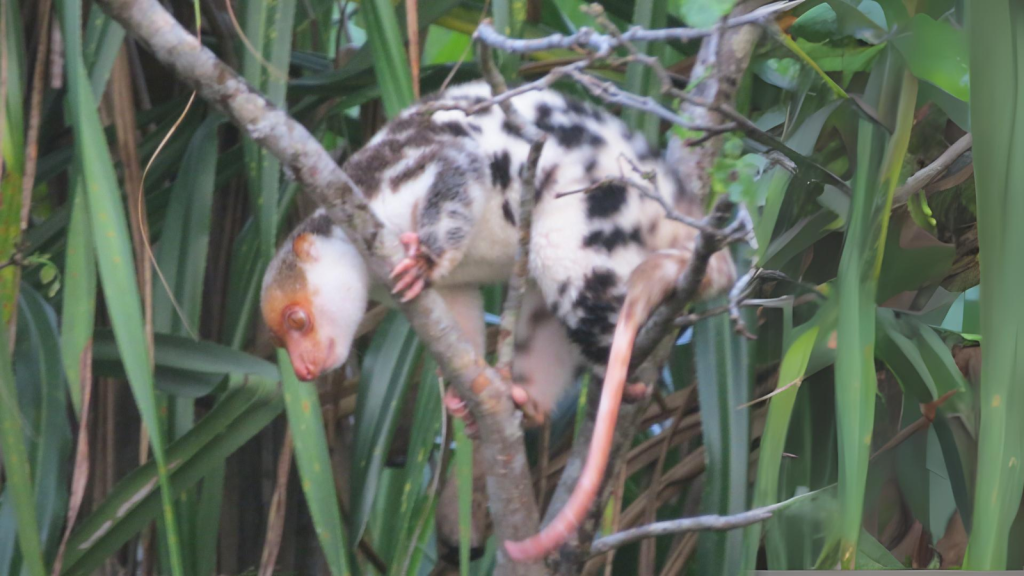
The spotted cuscus is a colorful, tree-dwelling marsupial native to northern Australia and New Guinea. With its round face, big eyes, and thick fur, it looks like a cross between a cat and a teddy bear. Spotted cuscuses have a unique camouflage pattern of white spots on a gray or golden background. They’re mostly nocturnal and have excellent night vision, with eyes that reflect light. These marsupials are skilled climbers, using their strong prehensile tail like an extra limb to grip branches as they move through the trees.
Kangaroo
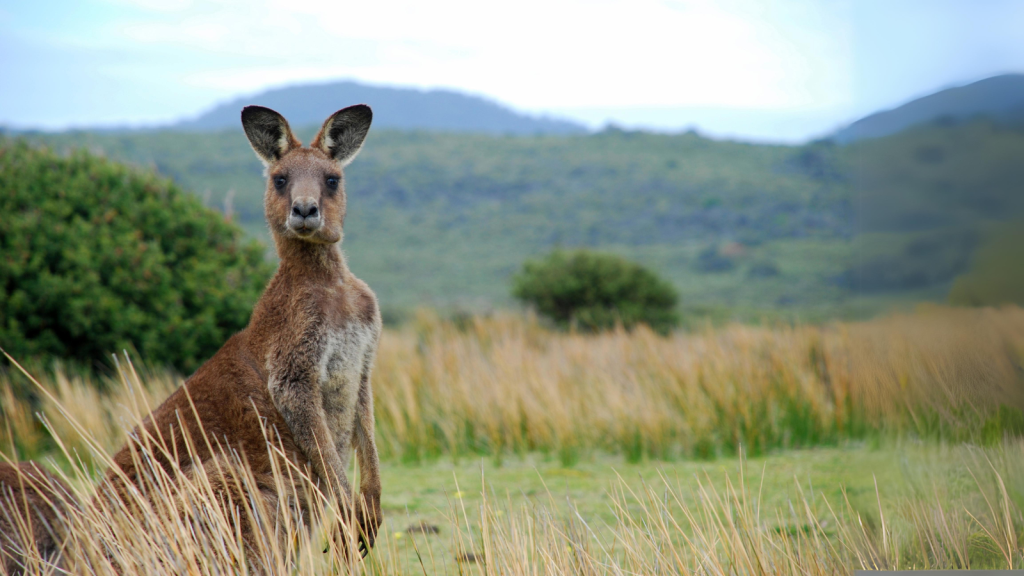
The kangaroo is perhaps the most well-known marsupial. These powerful hoppers can reach speeds of up to 35 miles per hour and leap over 25 feet in a single bound. Female kangaroos have a forward-facing pouch where their joey (baby kangaroo) develops. Interestingly, kangaroos can pause their pregnancies during tough times, a process called embryonic diapause.
Koala
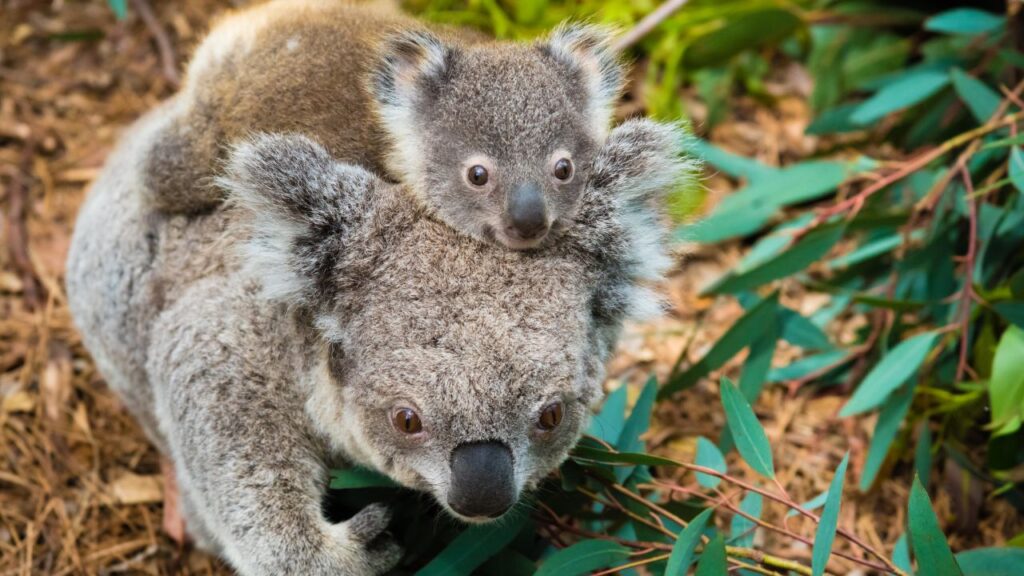
Koalas are tree-dwelling marsupials native to Australia. They spend most of their time sleeping – up to 20 hours a day – to conserve energy. Koalas have a specialized diet of eucalyptus leaves, which are toxic to most animals. Their unique digestive system allows them to detoxify these leaves and extract the necessary nutrients.

